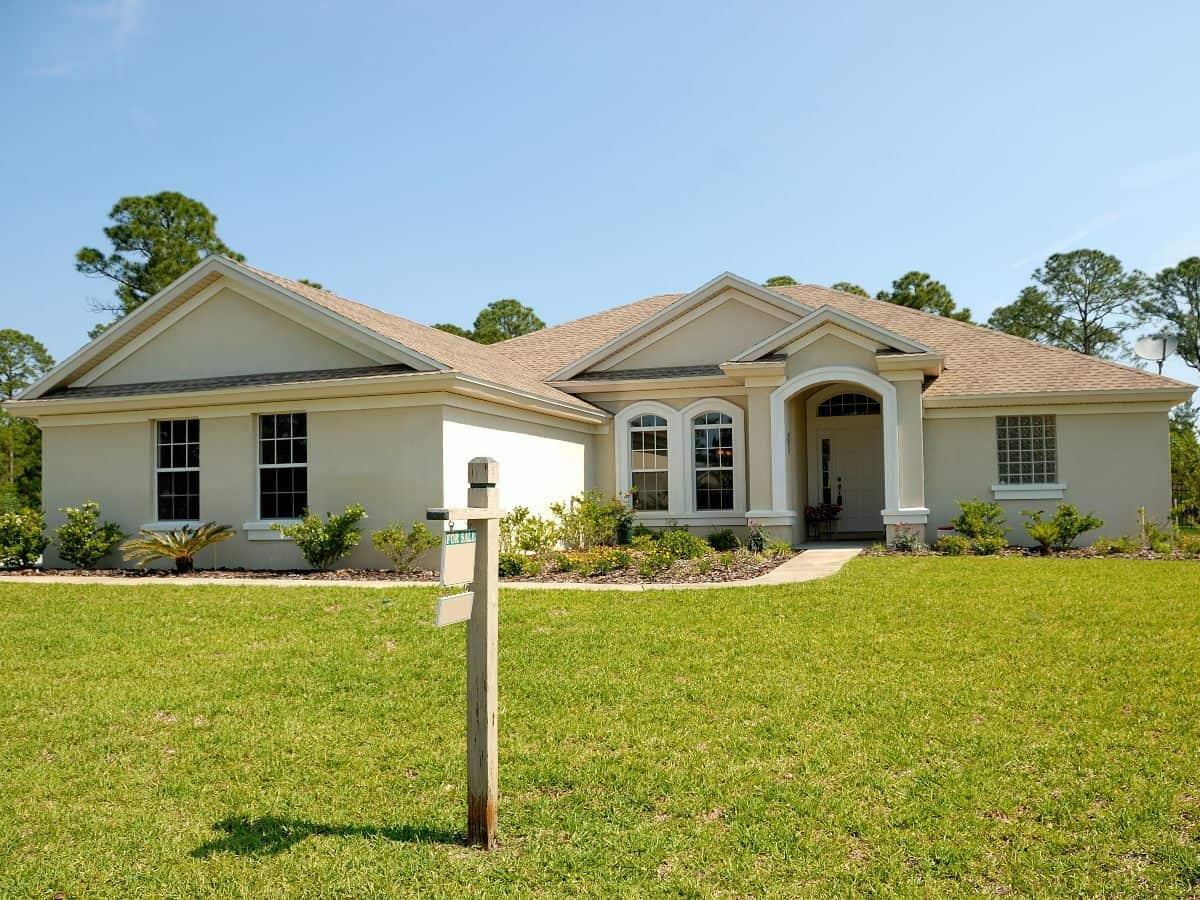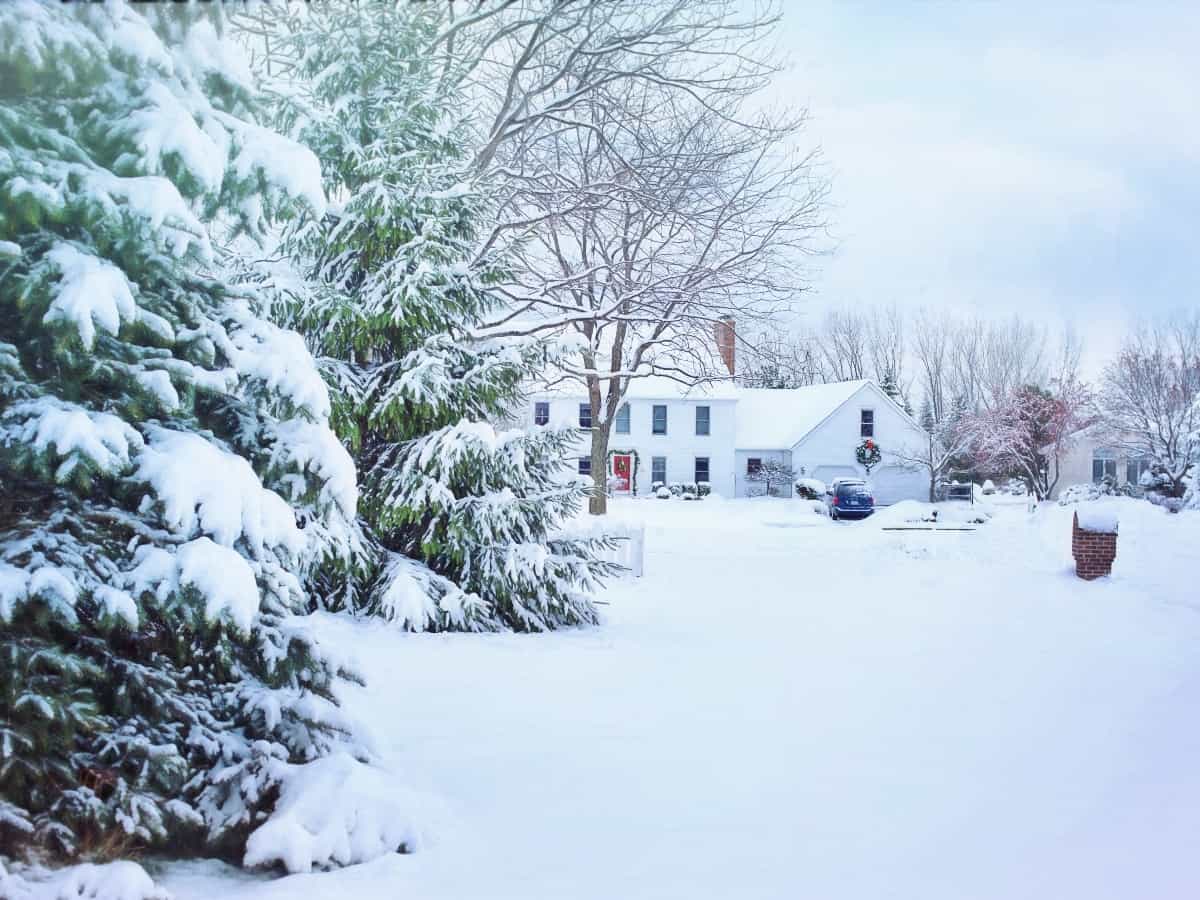Homeowners insurance is important to ensure you have the best possible protection to repair or replace your home if something bad happens to it. Unfortunately, many homeowners generally are at a loss about how to compare home insurance quotes. Homeowner’s insurance policies can vary greatly in what they cover and the cost to provide that coverage. Many policies have hidden exclusions and deductibles that greatly affect the quality of insurance protection for your home.
A house or condo is the single biggest investment that most people make during their lives. Homeowner’s insurance helps to protect that investment. Whether you own a single-family home, have an additional vacation property, or have a slew of rental properties, you need homeowners insurance to protect your investment. The following will help you to learn how to compare home insurance quotes to get better rates and coverage.
Premium Cost Is Not the Only Factor
Many people will consider the price and little else when picking a homeowners insurance plan. That is a big mistake. Premiums are important but only a part of what you should consider when buying homeowners insurance.
An insurer might offer a very attractive policy with a low premium. But that insurance might prove worthless if you need to file a claim. That is why you need to know how to compare home insurance quotes carefully. You should consider which homeowners insurance plan you want to purchase and from which insurers.
When you do your homework, it is much easier to buy a truly affordable homeowners insurance policy that is underwritten by a reputable insurer. It starts by learning which home insurers in your state are reputable and which ones you should avoid.
When you know how to compare home insurance quotes, you can find reputable insurers. Then you can narrow your options and focus on the actual insurance policies offered. You need to understand how deductibles might apply and in which situations. You also need to know what might negate the insurance coverage that you thought you had but that the insurer excludes in your policy.

Investigate the Insurers
Every state has an agency run by an insurance commissioner. That agency should provide you with a list of homeowners insurance providers who are authorized to do business in your respective state. You could obtain a list of authorized home insurers where you live and use that as a baseline to more closely scrutinize the insurers and policies that they have to offer.
The National Association of Insurance Commissioners (NAIC) also can provide information on respective insurers. That information should include complaints commonly filed by consumers against that insurer and the states in which it is authorized to underwrite homeowners insurance coverage.
The NAIC also is a good resource for learning more about the various aspects of homeowners insurance so that you can learn how to compare home insurance quotes. Many policies can look virtually identical to others. But how respective insurers apply the coverage can make a significant difference.
You want to find insurers that are rated among the best in the nation. When those insurers also underwrite homeowners insurance in your state, you have a good starting point from which to find the best and most affordable homeowners insurance.

Know What the Policy Covers
The proverbial fine print is very important to determine the quality of any homeowners insurance policy that you might purchase. The coverage usually applies to the home and its attached structures. But some policies provide coverage for additional structures, like a shed or a detached garage.
You need to know how to compare home insurance quotes so that you can determine which policies will provide the general coverage for your home and its furnishings. It takes more than four walls and a roof to make a home. It also needs appliances, utility connections, and your personal touch to make it truly your home.
Protecting Your Belongings
The personal touch often includes valuable items that might need additional insurance protection. If you own rare and valuable artwork, expensive jewelry, gold or silver items, or other valuables, you should look at how the insurer handles high-value items.
You might need to purchase a separate rider that will give you either market value for rare artwork or the replacement value to protect your costlier personal items. Many homeowners insurance policies only provide policyholders with a nominal amount of coverage for general belongings.
That amount is to help you to replace furniture, clothing, electronics, and other items that might be stolen or damaged by a covered peril. But it will not cover the cost of your high-dollar valuables and rare items like antiques and artwork that cannot be replaced. For that, you need either additional coverage for the market value or replacement cost of the rare and costly items.
When you know what a policy covers versus what you need, you can do a better job of comparing different ones. Those policies that align more closely to your insurance needs are the ones that likely would work better for you if you file any claims for damages.

Know What the Policy Excludes
The fine print in any contract is capable of confusing people and hiding important facts. In the case of a homeowners insurance policy, you need to know what is excluded from coverage that otherwise looks fine.
For example, many policies exclude coverage for damage directly caused by pest infestations. That is because homeowners insurance companies expect you to take reasonable steps to maintain your home and prevent dangerous infestations. In an infestation that causes something else to go wrong, the insurer often will cover damages caused by the related problem.
It is common for many homes to have mice. Even if you take reasonable steps to control the population of mice in your home, damage still could occur. If a mouse chews on electrical wiring and exposes it, that exposed wiring might cause a fire.
A fire caused by exposed electrical wiring often is covered by a homeowners insurance policy. But if you were to file a claim for damages to the electrical wiring before the fire, the insurer might deny the claim due to damage from pests.
Common Exclusions
- High winds
- Falling objects, including trees
- Government actions, including war
- Neglectful upkeep of the home and related property
- Ground movement, including landslides
If you live in an area that is prone to wind storms, hail, or other potentially harmful weather events, you need to ensure the homeowner’s policy covers the possible losses. If one policy covers the loss while another excludes it, comparing the two should help you to decide which policy is best.
In most cases, you can buy additional coverage that will insure against specific perils, such as wind and hailstorms. For example, if your home has lots of trees near it, a policy rider that protects against damage caused by falling objects could protect your home against damage from falling trees.
Flood insurance is another tricky issue. Most homeowners insurance policies only protect against internal flooding. So if a water heater ruptures or a water pipe bursts, the policy should cover the water damage. But if the water source is located outside of your home, then you would need additional flood insurance protection.

Do You Have a Family Pet?
It is easy to overlook the potential risks that a family pet might pose. Homeowners insurance includes liability coverage for personal injuries that visitors might suffer while visiting your home. But a known vicious dog or another pet that could cause harm to visitors could cause your home insurer to deny any claims for damages arising from that animal’s behavior.
Chances are, you know of the reputation that breeds like pit bull terriers have for causing serious injury or death. When homeowners have such breeds for pets, then they run the risk of losing their homeowner’s insurance coverage.
Many breeds commonly excluded from coverage often include:
- German Shepherd
- Great Dane
- Doberman Pinscher
- Rottweiler
- Siberian Husky
Many homeowners insurance providers consider those breeds and several others as dangerous animals.
Some insurers will go beyond excluding coverage for such family pets. Homeowners commonly find themselves searching for new homeowners insurance providers. Many insurance providers will either cancel a policy or refuse to renew the existing coverage upon learning a family has a breed that they consider dangerous.
Even if you do not have a dog that has a dangerous breed, your current pet might cause you to lose your insurance coverage. Many insurers allow one bite for a dog or another family pet. That means the insurer will cover an insurance claim arising from a dog bite or similar injury caused by your pet. But it considers the animal dangerous if another bite or similar problem occurs.



